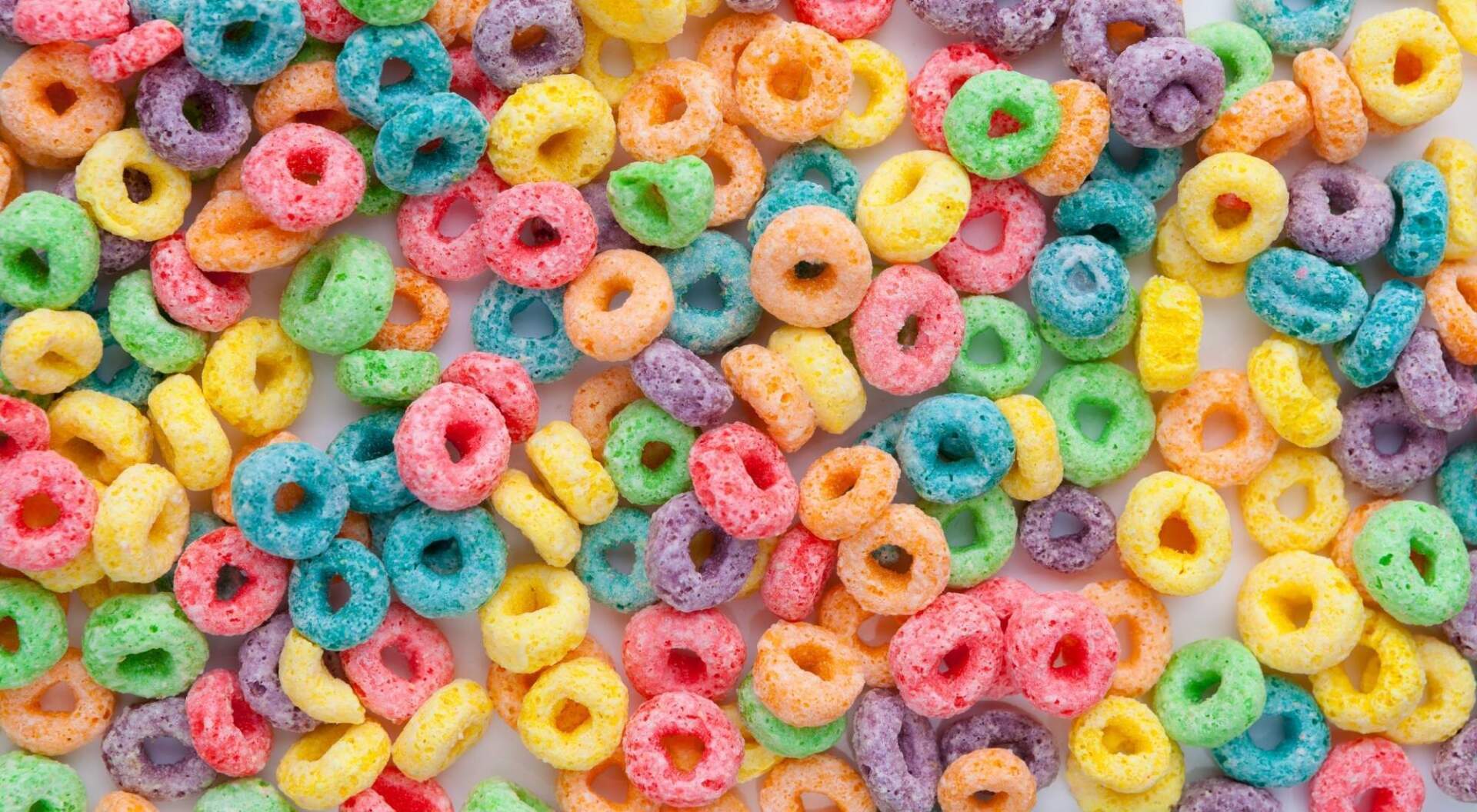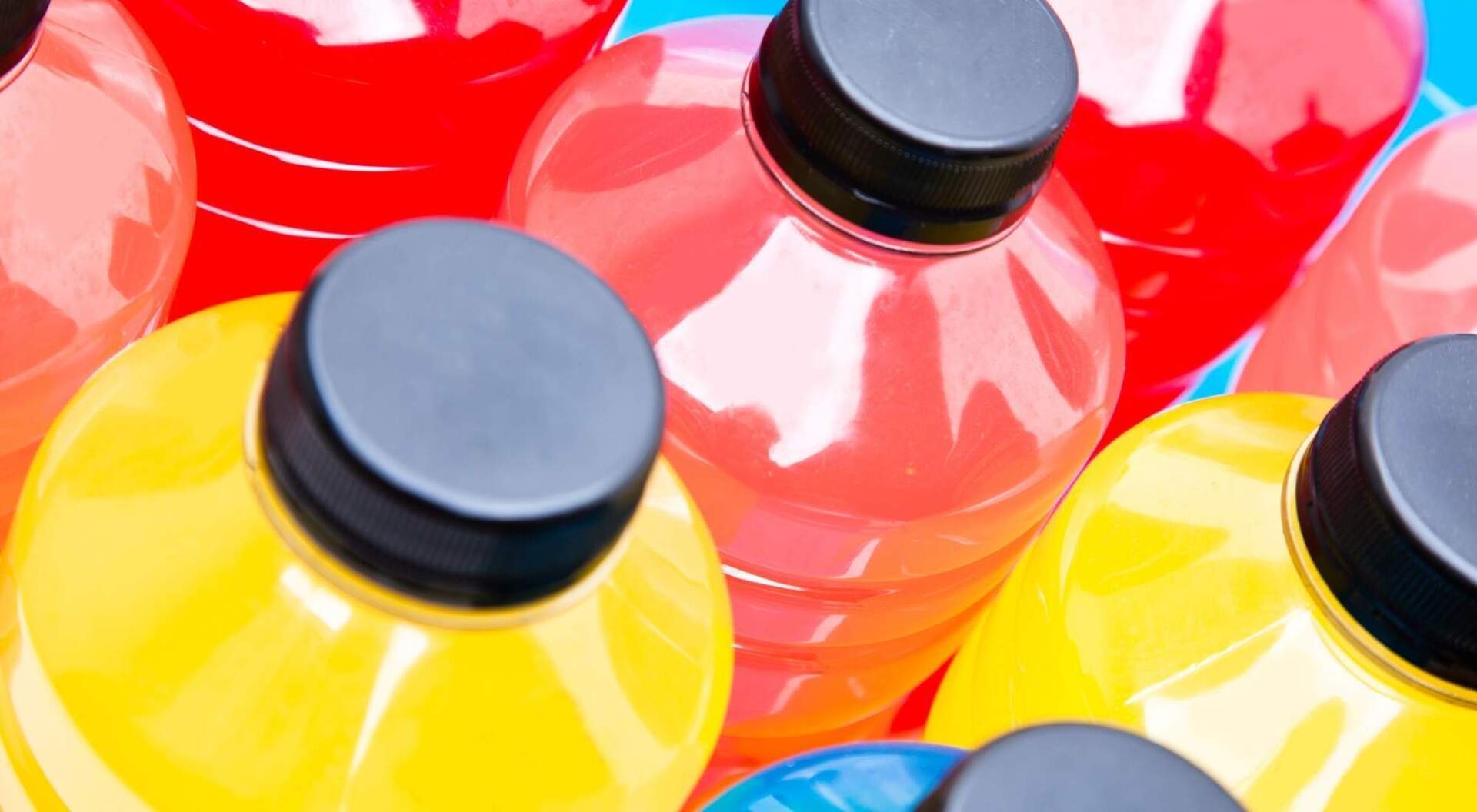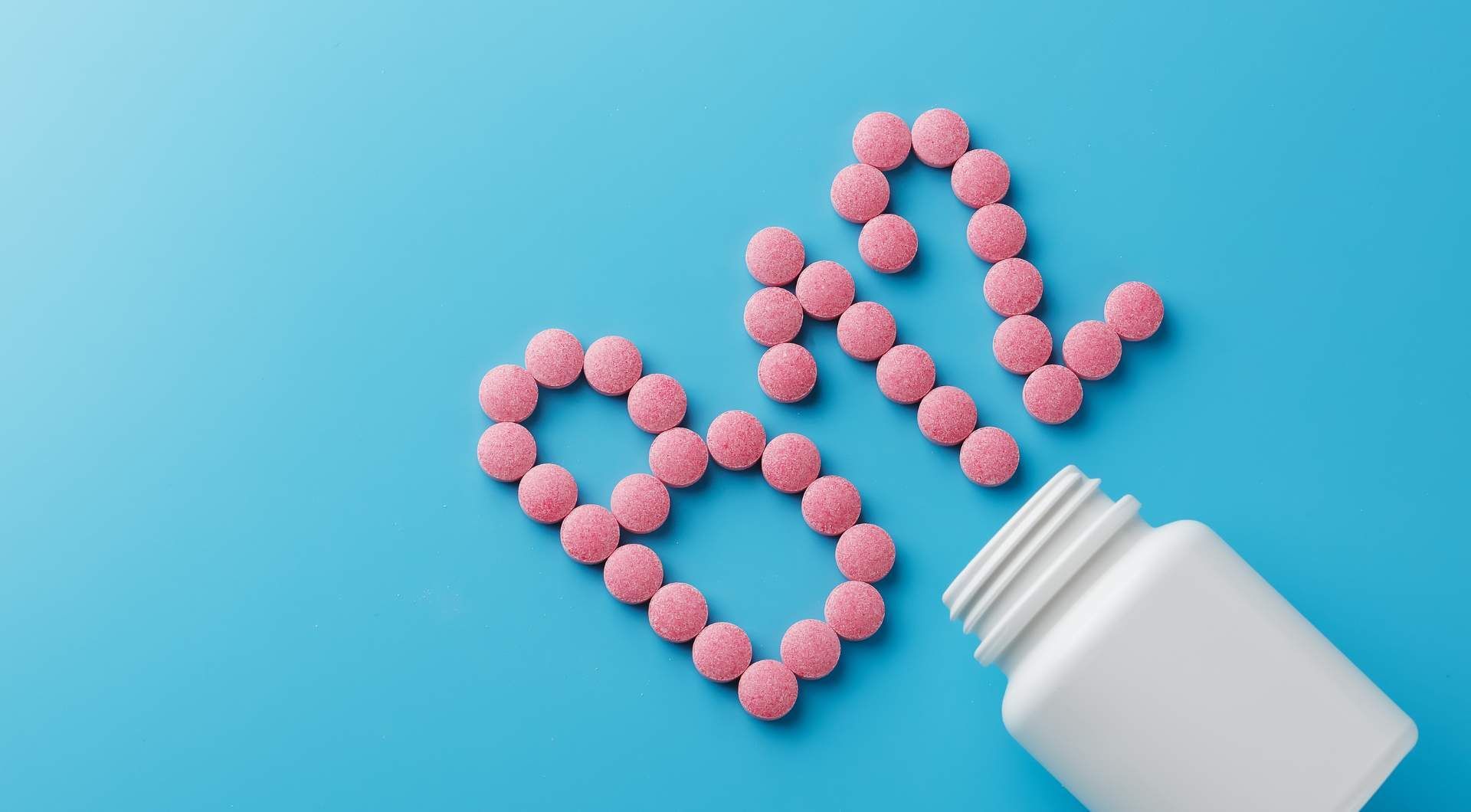Red Food Dye Allergy: General Information, Symptoms, and Prevention
"The content below is not intended to be a substitute for professional medical advice, diagnosis, or treatment. Always seek the advice of your physician or other qualified health provider with any questions you may have regarding a medical condition."
Do you suspect you or a loved one is suffering from a red 40 food dye allergy? Do you see or feel unusual symptoms after eating a variety of foods?
Symptoms like …
- Hives
- Rash
- Tingling or itching in the mouth
… are uncomfortable and not any fun.
Read on to learn more about what these dyes are, the signs and symptoms of red dye allergy, and red dye allergy foods to avoid.
Table of Contents
Most Common Types of Red Food Dyes
Dying our food isn’t new. We’ve been using natural ingredients, such as beet juice, to enhance our food’s color for many years. But the present-day food industry has taken it to a shocking new level.
Food dyes were developed to boost food’s appearance by giving it artificial color. However, these dyes are chemical substances without nutritional value.
Red dye is one of the most common of the six artificial food dyes that both the
FDA and the
EFSA approve. Let’s look at three different types.
Red 40 (Allura Red)
Red 40 (also known as Allura Red) is a manufactured dye used to color food, cosmetics, and many over-the-counter medicines.
This food dye creates the bright red color in drinks, sauces, and flavored cough syrups. It is often the red dye used to color cosmetics and other items used on the skin.
Red 40 is commonly used in many processed foods. These include:
- Baked goods
- Candy
- Cereal
- Dairy product
- Drinks
- Sauces
- Snacks
This dye is not just in red-colored products. It can also be found in foods that are not red, such as:
- Pickles
- Chips
- Pudding
The red dye can be mixed with other colors, so the only way to determine if Red 40 is in a product is to read the label.
Artificial dyes are added to many of today’s foods. Red Dye 40, derived from petroleum, is the most common and has become a modern staple. Red 40 food dye allergy concerns have become common.
Red 4 (Carmine)
Red 4 (also known as Carmine) is made from the dried and crushed bodies of female insects known as cochineal.
Red 4 might also be listed on a label as any of the following:
- Cochineal
- Cochineal extract
- Crimson lake
- Carmine lake
- Natural red 4
It is a coloring agent and often used to color:
- Juice
- Candy
- Baked goods
- Applesauce
Red 4 is a highly processed product, but it does come from a natural source.
Red 3 (Erythrosine)
Red 3 (also known as Erythrosine) is a cherry-pink food coloring which contains iodine and sodium and is made from coal tar. It is what gives maraschino cherries their bright, red color.
Red 3 is often used to dye the following:
- Cake decorating gel
- Candies
- Popsicles
Red 3 is also used as a color additive for ingested drugs.
HealthierU can help you improve your life through nutrition. We will assess your needs and make recommendations on the changes you should make —
from avoiding foods containing red dye to transitioning to a
plant-based diet.
Can You Be Allergic to Red Food Dye?
Can red food coloring make you sick? Can you be allergic to red food dye? Yes, but it’s not common.
Who is affected by a red food dye allergy? Adults and children. Red dye is a food additive that leads to allergy symptoms in people of all ages.
According to
U.S. News & World Report, less than 1 percent of adults, and 2 to 7 percent of people with allergies, are affected by food dye intolerance.
How Do Red Food Dyes Trigger Allergic Reactions?
An allergic reaction involves an immune system response that can be serious. Chemicals that compose dye break down into small molecules which are viewed by the body as a threat.
An allergic reaction is comprised of two main parts of the immune system:
- An allergy antibody called immunoglobulin E
- A mast cell, which stores histamine
When histamine attempts to clear your body of an allergen, it can cause a runny nose, itchy eyes and swelling of the lips or tongue. After consuming red dye, allergic reactions can appear within a few minutes or several hours.
Sometimes, gastrointestinal problems (i.e., vomiting, diarrhea, etc.) will appear. In rare cases, a life-threatening condition called
anaphylaxis can develop. This emergency condition can affect breathing and requires immediate medical help.
What Are the Symptoms of Being Allergic to Red Dye?
Reactions to red dye most commonly occur after consuming Red Dye No. 40; however, they can happen with any red dye. This allergy has a broad range of symptoms, and they range from minor to severe.
A few of the allergic symptoms include:
- Rash
- Hives
- Headaches
- Gastrointestinal upset
- Hyperactivity
- Tingling or itching in the mouth
While Not Considered Symptoms of a Red Food Dye Allergy, What Negative Side Effects Have Been Associated With Red Food Dyes?
As we have learned, synthetic food dyes are a complex mixture of chemicals. These chemicals aren’t just found in candy and other sugary foods. Artificial colors are found in many products such as sodas, cereals, processed foods, and baked goods.
Many people are concerned about the potential dangers of red food dyes in our food. There have been studies which have linked artificial food dyes to hyperactivity and possibly cancer in children. In addition, there is concern that food dyes made from chemicals could have other potentially harmful side effects.
If you are concerned with the side effects of red food dyes, you may be interested in partnering with HealthierU and learning more about holistic nutrition. Holistic nutrition is not a standardized approach but is based on analyzing a person’s complete physical and mental health.
Let’s take a look at some side effects which have been associated with red food dyes.
Headaches and Migraines
Red food dyes have been associated with headaches and migraines, but it is not directly known why food colorings bring about these issues. The Center for Science in the Public Interest has researched why headaches and migraines are triggered by red food dye, but no definitive answer has been found.
Even though we may not know the “why,” many migraine sufferers report sensitivity or intolerance to food that contains red dyes.
If you experience a headache or migraine after consuming a food that you believe has red food dye, read the nutritional label to determine what ingredients it contains. If these ingredients create the red color of the food, limit your intake.
Behavioral and Hyperactivity Issues
Behavioral and hyperactivity side effects of red food dye are often more prevalent in children than in adults. Since FDA guidelines for the safe use of food colorings are usually for adults, children’s smaller bodies are at greater risk due to receiving amounts considered safe for larger people.
Red food dye allergy behavior can be present in children because the red dye could cause chemical changes in the brain. These changes can also
deplete minerals that are involved in growth and development from the body.
When combined with a diagnosis of ADHD, the consumption of red food dye might increase typical hyperactivity behaviors in children.
Researchers have found that restricting or eliminating red food dye from the diets of children with ADHD can improve their symptoms.
4 Red Dye Allergy Foods to Avoid
Red dye allergies occur in adults and children who are unable to digest it. Unfortunately, red dye allergy can't be cured completely, but preventing allergic reactions by decreasing red food dye intake is beneficial.
Color can be one of the most appealing parts of choosing a particular food, but avoiding foods with red dye will help prevent the stress and symptoms this allergy can cause.
#1: Flavored Dairy Products
We think of dairy products as healthy, but that doesn’t mean they are always free of potentially harmful products such as dyes.
We can find red food dye in the following dairy products:
- Ice cream
- Popsicles
- Flavored yogurt
- Flavored milk (i.e., strawberry milk)
#2: Sweets and Baked Goods
Many food manufacturers include food dyes to help deepen the colors of their baked goods. The goal is to produce a baking mix or food that is more bright and vibrant, making it more appealing to eat.
You can often find red food dyes in the following baked goods:
- Baking mixes
- Ready-made frosting
- Red-colored pies (i.e., strawberry or cherry pie)
- Brightly colored cakes (i.e., red velvet cake)
#3: Pantry Snack Items
Red food dye is commonly found in processed snacks. Some of the products containing red food dyes are:
- Cereals
- Red or pink candy and bubble gum
- Orange potato chips
- Breakfast bars
- Canned fruit
- Toaster pastries
- Fruit bars
#4: Certain Beverages
Using red food dyes in the drinks industry is very common. For example, many drinks which are red, orange, or brown in color contain red food dyes.
You can find red food dyes in the following drinks and beverages:
- Juice
- Sports drinks
- Flavored teas
- Energy drinks
- Sodas
- Protein drinks
Red Food Dye Allergy Testing: Is it Possible?
With most food allergies, a blood or skin prick examination can be provided to find the source of the allergy, but red food dye allergy testing is not available. However, Nutrition Response Testing (NRT) could be a viable option for people looking to identify a food dye allergy.
NRT with HealthierU can test what foods your body is most sensitive to. However, please be aware that each individual is different, and consultation should be scheduled before any testing.
Learn More About Red Dye Allergies With HealthierU
HealthierU is committed to helping our patients get well - and stay healthy - naturally with nutrition and lifestyle guidance, rather than with over-the-counter and prescription medication and surgery. We get to the cause of your problem in a natural, safe, and effective way.
If you want to learn more about red dye allergies, our services, or how we can work together for your optimal health, contact us today for a free consultation.






